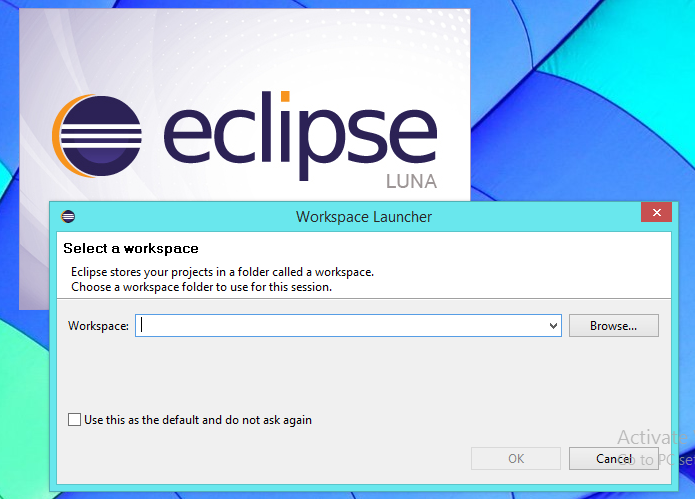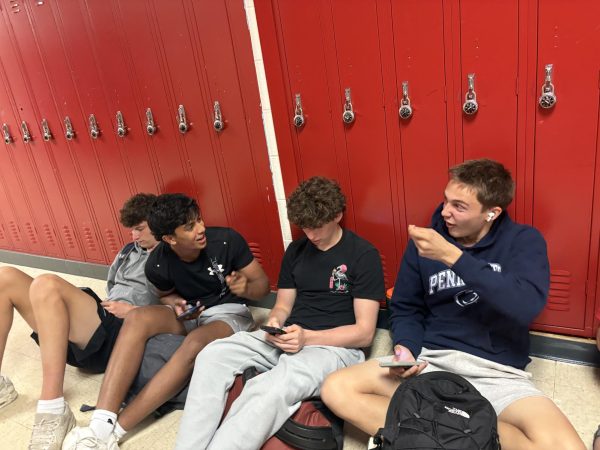Programming pathway prepares students well
Eclipse is the Integrated Development Environment (IDE) Computer Programming 2 and 3 students use to code their projects.
Montgomery County’s required credits provide a checklist to go down until students can graduate, rather than the desired doorways to intellectual exploration. Especially prone to this are the single-credit requirements like physical education and art. For technology, this attitude towards mandated electives is reflected in statistics like a 10% retention rate past introductory courses.
If so few students continue on, why is technology even a requirement? According to the 2020-2021 MCPS High School Course Bulletin, computer science, engineering, and technology (CET) education “prepares students for demands of college, careers, and the rapidly changing workforce” since “computational, analytical, and innovative thinking [are] needed to thrive in the 21st century.”
Indeed, in an increasingly computerized world, there is high demand for CET jobs. Even if not directly developing, having a background in coding could be advantageous in various professions. These opportunities are prevalent because “software is immersed in almost every facet of our daily lives” and knowledge of it is helpful in jobs like “technical writing, project managing and beyond,” Computer Programming 2 and 3 teacher James Turner said.
Even so, programming teaches skills valuable across different fields like problem-solving and building up from small steps to a solution, supported by immediate feedback from the computer.
The technology department works to make the programming pathway cultivate these skills in students. The majority of the curriculum and content of Computer Programming 1, 2 and 3 is developed “in house.” As students move up the programming pathway, their experiences build off of each other. For instance, “Computer Programming 1 focuses on teaching students to learn the feedback loop of write, test, debug while Computer Programming 2 focuses more on optimizing solutions,” Turner said.
This process seems effective since Turner reports alumni felt well-prepared for their college courses. Introductory classes for entry-level students are difficult, according to alum Michael Ma, who is now a freshman Computer Science major, but he tested out because of his participation in the programming pathway, saving money and time. In his current classes, he still recognizes the “project-based curricula that doesn’t really rely on assignments that take away notes, like tests, to teach,” Ma said.
Students who aren’t already part of the pathway may have misconceptions about programming. Since computers are based off binary code, zeroes and ones, often it is considered strictly logical and steps to a solution, but coding is creative. In the 2020-2021 Course Offerings, both AP Computer Science Principles and Computer Programming 1 have Honors Geometry as a pre- or co-requisite. Turner and Computer Programming 3 student Christina Jung, however, compare the process of programming more to English and essay writing. In programming, for every problem, there are various methods to approach it. “It’s incredible how many unique solutions I receive for projects despite everyone being given the same task,” Turner said.
While engaging with the technology department does prepare students for the workforce, to Jung, the programming pathway’s distinctive blend of STEM and the humanities and arts appealed to her instead. “In beatboxing you take different instruments of the drumset like the snare, the kick, the bass, and make different combinations to create one aesthetic beat. Programming is similar where you can mix and match many different concepts and algorithms to get your solution,” Jung said.
Your donation will support the student journalists of Thomas S. Wootton High School. Your contribution will allow us to purchase equipment and cover our annual website hosting costs.







